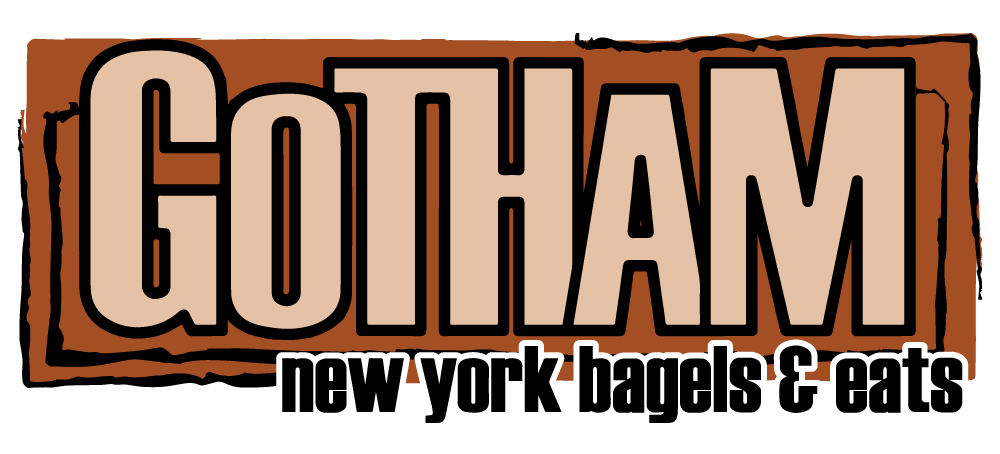We Love Gluten
It might not be trendy, but we believe in gluten. The stretching strands of gluten have been built, worked, and baked for thousands of years by human hands. It’s vital in the traditional bread products and comfort food of dozens of cultures worldwide. Even today—despite its bad rap—we enthusiastically use gluten in bakeries to make recipes passed down for generations. In short: gluten holds our lives together!
Gluten is a vital part of wheat flour.
What is gluten?
Gluten refers to protein. Specifically, glutenin and gliadin make up what is commonly known as gluten. In many grains—such as wheat, bulgur, barley, rye, and spelt—these proteins are a naturally-occurring part of the plant. When we make a dough including one of these grains, the mixing and kneading have an effect on the proteins, making them into strong strands that create texture. This texture is important because it makes bread chewy (rather than cakey) and forms pockets of air that make bread rise into a golden airy loaf.
3D-rendering of gliadin, a gluten protein. (Source: Properties of Gluten Intolerance via MDPI)
What’s good about gluten
Gluten itself is just a protein—a structural element in much of the food we eat. As a part of many baked goods, it carries along with it essential nutrients (think iron, fiber, and B vitamins) and whole grains, which are important for heart health. According to an article from Harvard School of Public Health, whole grains are associated with positive health outcomes such as lower rates of stroke, type 2 diabetes, and heart disease. They also may serve as a “prebiotic,” AKA food for the bacteria that live naturally in our guts and make digestion easier, and lowering the risk of IBS and colon cancer.
Bread products. (Source: Food Business News)
Celiac disease and gluten sensitivity
A diagnosed wheat allergy, gluten sensitivity, or gluten intolerance—also known as Celiac disease—can make eating gluten extremely unpleasant. In those with gluten allergies, it causes an inflammatory reaction, causing digestive problems and fatigue. Estimates suggest that less than 1% of Americans have celiac disease. The main medical treatment for this condition is to make lifestyle changes to cut out all gluten under the guidance of a dietitian. The media attention that celiac disease has attracted, in particular the “brain fog” that some claim is a symptom, is disproportionate to the amount of people who suffer from these conditions. In a large study involving 13,500 women, the relationship between gluten consumption and mental ability was tracked over a period of 28 years. No significant differences were found in cognitive ability or dementia.
Bagel dough proofing in the cooler.
Why you should keep gluten in your diet
Unless you’re afflicted with one of the above-mentioned medical conditions, there’s no need to avoid gluten! You really should go to the doctor before taking matters into your own hands, and be careful about following fad diets. Healthy diets include 50-60% carbohydrates, a good chunk of which include gluten. If you think that cutting out gluten will help you lose weight, guess again—gluten-free products often have more sugar and fat to make up for the lack of wheat flour, and less nutrients to boot. As is the case in many fad diets, restricting the foods you can eat doesn’t always go well. Our professional advice? Don’t fall for the slander coming from the (alarmingly fast-growing) gluten-free food industry—eat gluten! Start here.




